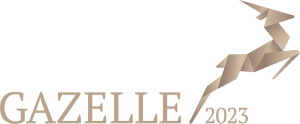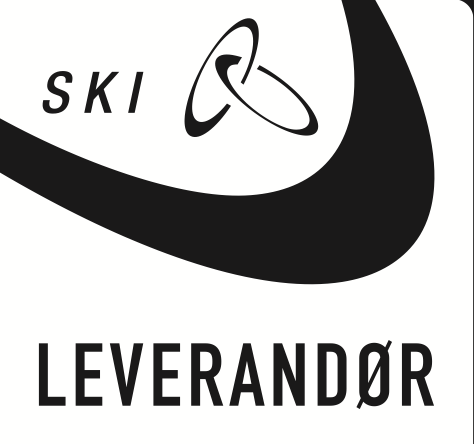Industry Trends – Key takeaways from IBC 2017
This post reflects on some of the Key Trends and take-aways from the 2017 IBC conference.
IBC had its 50th anniversary this year, and as the 2017 edition is coming to an end, now is a good time for personal reflections on the key industry trends.
Underlying basically everything and every conversation is still the continued slide towards IP-based distribution, and digitization in general.
As traditional broadcast evolves and OTT becomes more and more important, for me a key topic this year was automation.
From the professional and production side, automation of workflows means faster and more lean production lines. Interesting to see how platform providers originally focused on the ingest, transcoding and distribution of IP-based (streaming) content now offers more and more tools that integrate into the production workflows. Ooyala and Vimond presented interesting product releases
Along the same lines, a key topic for 2017 was automated metadata. While the term “AI” is widely misused, certainly the focus on data and data management is becoming a key factor.
Tools that help automate metadata generation by using tools such as facial recognition, speech-to-text, OCR and more advanced machine learning was a hot topic. OTT platforms such as Kaltura now offers automated speech-to-text as default in their product offering.
Certainly, the value of data is crystal clear to everyone. The ability to create personalized recommendation and even interfaces to content will separate early generation OTT services from the new generation of service offerings. Accedo showcased interesting frameworks for managing personalized experiences across a multi-device setup.
Because Netflix bulldozed the OTT revolution using an SVOD model, the role of data in Video Advertising have been somewhat dormant in this initial phase. There were lots of examples and talks of the SVOD model being supplemented, and HVOD (Hybrid-VOD) business models that also includes some level of targeted “TV” advertising might very well be the next wave.
Examples of HVOD can be founds both from providers such as Hulu, but also traditional broadcasters like TV2 Denmark have just recently launched and HVOD model, where consumers can get access to the SVOD service (TV2PLAY) for a reduced price, if they accept advertising in addition to the subscription fee.
The role of Social Media, and in particular the impact of data-mining giants Facebook and Google continues to be the center of discussion. Will broadcast ultimately suffer the fate of publishing, and see the buy-side shift their ad spend to social – especially as we will see more and more services like Facebook Watch in the future?
Certainly, there are lots of reason to come back to Amsterdam for IBC 2018, and continue to explore the answers to the questions raised by the fundamental shift in the TV- and Broadcast industry.


